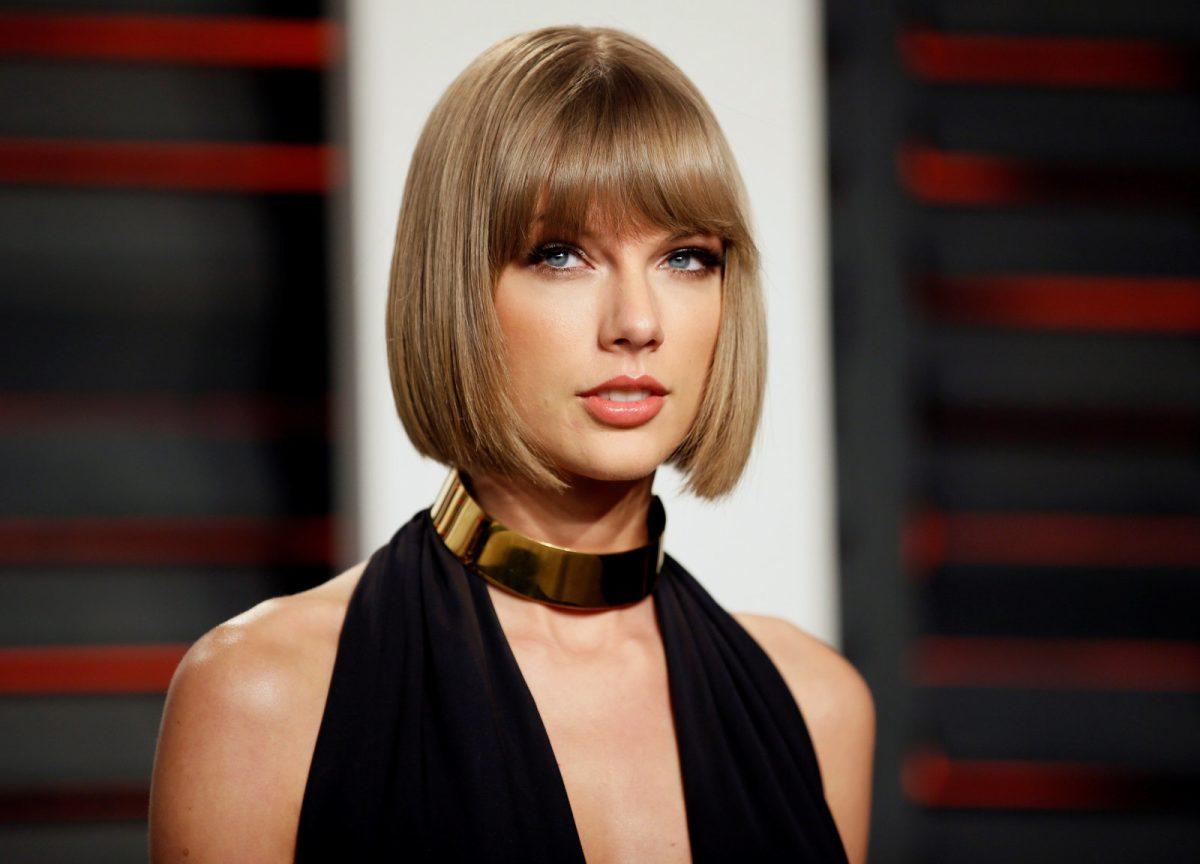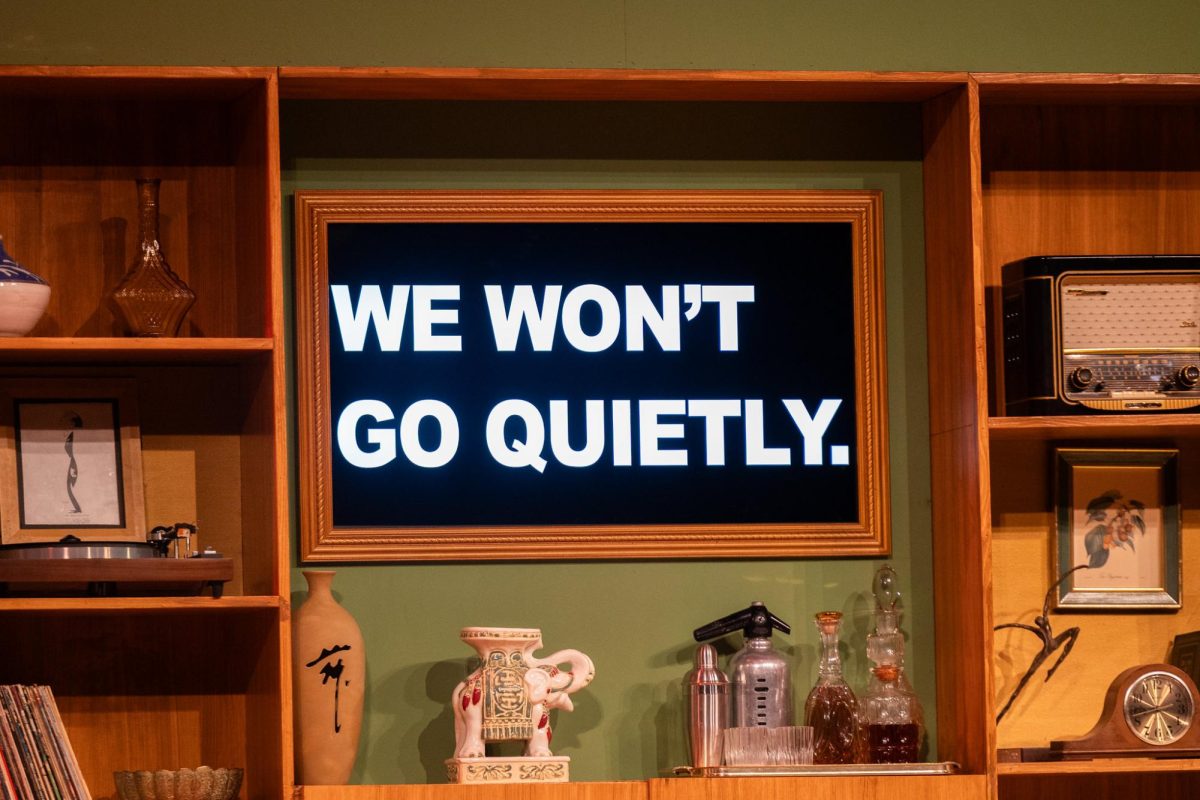Spotify, Apple Music, YouTube and Netflix, also known as the kings of streaming, have been rapidly taking over their respective industries for years now. However, digital downloads and streaming are beginning to dominate an artists’ income while album sales, more specifically physical albums, are seeing a gradual decline each year. As of 2017, according to Statista, physical album sales and digital downloads only make up a combined total of 32 percent of music industry revenue in the United States. Oppositely, streaming is proving the top dog of the music industry by holding 65 percent of that revenue.
Now, all hope for physical album sales are not lost yet. According to Digital Music News, physical albums alloted for 53 percent of all album sales, including streaming, in 2017. This means that the impending extinction of CDs and vinyl dragging on longer than expected. Thank you, hipsters.
Since music’s birth, physical albums, varying from cassettes to digital downloads, have provided a secure form of income. However, streaming’s ever growing presence brings up the question; does streaming really aid artists or is it a sleazy middleman that takes a huge chunk of profit and leaves them with scraps?
Of course, album sales and streaming are not the only factors people need to consider; concerts, merchandise and music festival performances. also need to be taken into account. If you are a popular artist, like Beyoncé, it is pretty much guaranteed that your tour will shower you in dollar bills. However, less mainstream artists are not guaranteed the same success and rely more heavily on album sales and digital downloads than their mainstream counterparts. Therefore, major streaming companies such as Spotify are ripping away and sometimes profiting from a rather large portion of their income.
“Music is art, and art is important and rare. Important, rare things are valuable. Valuable things should be paid for,” Taylor Swift said in 2014 in regards to her refusal to give Spotify the permission to stream her music. Since then, Swift has definitely changed her tune, with a majority of her music now available for streaming. However, she does bring up a good point; artists across all genres invest not only money but also time and heart, so isn’t it only fair that they be properly compensated for that?
Granted, streaming apps like Spotify do give artists money in exchange for their music, but it is not as much as one may think. According to CNBC, as of 2017, Spotify pays roughly 6 to 84 cents per stream to the holder of the music rights. The “holder” is not typically just one person; the artist, record label, producer and so on can all share the right, and then share that small fraction of the dollar per stream. This is yet another reason artists have learned to live by the numbers, because the higher they are, the more money they are likely to earn.
On one hand, one can see streaming as a chance to further, or enhance, an artists’ popularity because apps like Spotify and Apple Music give them “free” advertising to their millions of users worldwide.Oppositely, these companies can also be directly or indirectly patronizing the income of smaller artists by making the ratio of streams to dollars heavily skewed. According to AdWeek, one million plays on Spotify equates to about $7,000, and the same amount of plays on Pandora is even less – about $1,650. These payments are very low in comparison to the number of streams and do not accurately reflect the success the song or album has earned.
The number one most streamed song on Spotify as of April, according to Statista, was Drake’s “Nice For What,” with 41.8 million streams. The most Drake and any of the others who also share the music rights could earn for would be about $351,120. There is no denying that this is a lot of money for one track – some people don’t even earn that much in a year. However, for an artist of his caliber, and the high chance that he will divvy up those earnings even further, it appears as if Drake is being jipped. If this is what a reputable, Grammy award-winning rapper makes, it is not a far-fetched assumption that an up-and-coming artist makes a tiny fraction of that. Streaming apps somewhat force artists into giving their music away for pennies on the dollar to not only make some profit, but to also ensure relevancy.



































